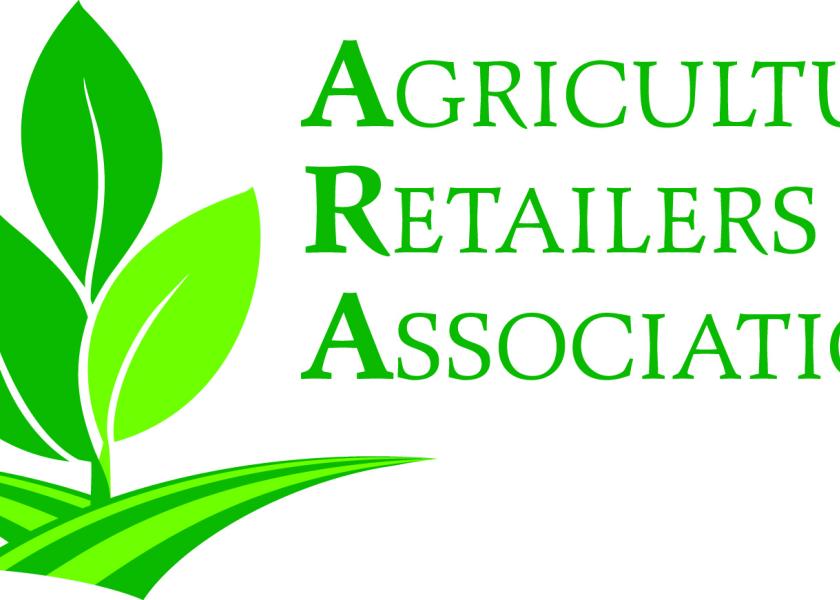3 Ways to Reduce the Pressure on Fertilizer Logistics

During a time-sensitive period, with already stressed logistical resources, ag retailers are concerned about fertilizer transportation. The announcement last week by Union Pacific Railroad (UP) saying they’d be reducing 20% of rail space to 30 large-scale customers–including a handful of fertilizer shippers–ؘwas another hurdle thrown up in the way of a smooth spring season.
“Everybody's already scrambling to get material and so this is going to make it that much more difficult,” says Ag Retailers Association President and CEO Daren Coppock. “It’s our understanding that UP is trying to deal with their bottlenecks and rail service delays across their network by scaling back what they will serve for some of their largest customers.”
But Coppock says this is an example of monopoly power to cut existing contracts without regard and an example of the railroad doing “just whatever they want.”
“We've been after the STB –Surface Transportation Board–to do some revisions to what's allowed and what's proper,” Coppock says. “Hopefully, we're going to actually be able to make some traction on that issue in the coming weeks.”
There is an STB meeting tomorrow to address potential fixes with CEOs from the largest four railroads. ARA submitted a letter as part of its work with the Ag Transportation Working Group. The letter included specific suggestions such as ways to increase competition, competitive switching proposals, and revisiting demurrage.
“The railroads charge our members demurrage when we don't have a crew on site to unload their cars they deliver at 12 midnight on Saturday night. Maybe there are some ways to turn that around, and if a railroad doesn't deliver things on time or doesn't efficiently handle private cars, maybe there's a way for shippers to charge the railroad demurrage so that thing works both ways,” Coppock says.
He highlights the logistical challenges also highlight the global supply and demand dynamics around fertilizer imports.
“In the case of UAN, especially in California but also on the East Coast, those markets are typically supplied by 75% maybe even 85% imported product for UAN in a normal year. Now we've got tariffs in place because of a petition and those imports from Trinidad, Tobago and Russia, those imports are barred from the marketplace,” Coppock says. “Those markets on the east and west coasts are then totally dependent on domestic suppliers who are going to have trouble supplying the market in the first place. Now this UP announcement is going to make it even more difficult. I suspect that what it will do is really tighten markets and probably inflate prices in the coastal markets.”
Hear more from Coppock on AgriTalk:
Last week, ARA put out a member alert detailing three urgent matters that need attention by the federal government:
- Rail reform to restrain monopolistic behavior of railroads needs to be acted upon by the Surface Transportation Board (STB) at the earliest opportunity. ARA along with several other agricultural shipper interests will be submitting a letter this week laying out specific recommendations that would improve the position of agricultural shippers. A public hearing of the STB on this topic is scheduled for April 26 and 27. Information on viewing or commenting was provided to ARA members in our Retailer Fact$ newsletter yesterday.
- The situation also highlights the need for access to multiple sources of fertilizer products for farmers and the ag retailers who serve them. U.S. import duties on UAN fertilizers from Trinidad and Tobago have priced those supplies out of the market when imported product typically accounts for 85 percent of the UAN used on the east and west coast. By preventing access to imports, these duties make domestic users totally dependent on domestic producers and domestic logistics to secure their supplies of fertilizer. UP’s decision to cut back available logistics in an already-tight supply situation underscores the cost and risk of leaving these duties in place. The Biden Administration should use every authority at its disposal to suspend these duties at least until the market returns to more normal conditions, and ARA has made that recommendation.
- Increasing the supply of domestically produced fuel, especially natural gas, would reduce the cost of a critical input in the nitrogen fertilizer production process. Greater access to domestically-produced petroleum products and expanded biofuel usage would influence fuel supply and demand – and therefore prices at the pump.







